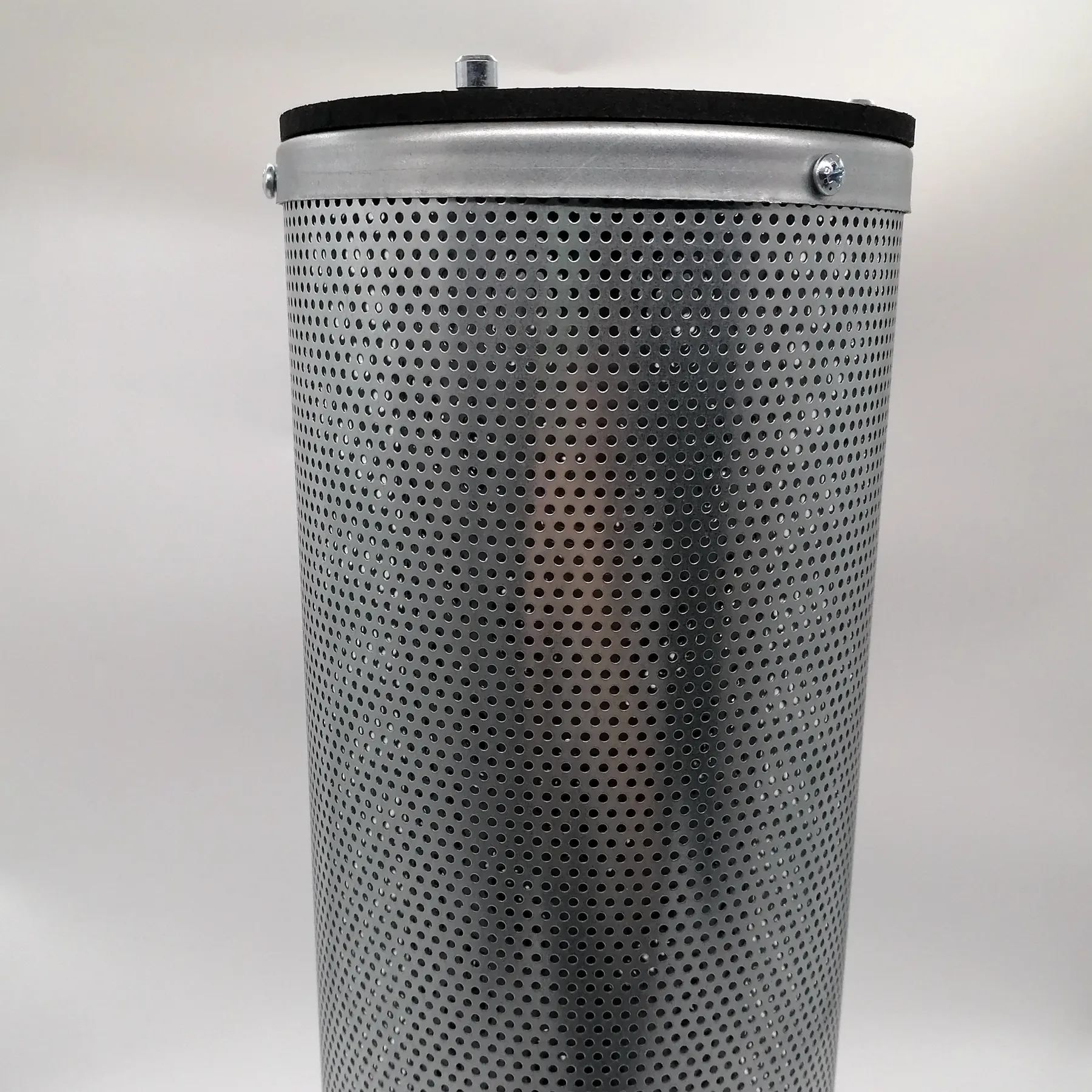 Tel:
+8618931101301
Tel:
+8618931101301
Dhj . 12, 2024 10:30 Back to list
dust collector filter cartridge
Understanding Dust Collector Filter Cartridges
Dust collector filter cartridges play a crucial role in the industrial realm, ensuring the air we breathe in manufacturing and processing environments stays clean and safe. These cartridges are designed to capture dust, particulate matter, and various pollutants, preventing them from being released into the atmosphere. As industrial processes evolve and environmental standards become stricter, the demand for efficient dust collection systems has surged, prompting advancements in filter cartridge technology.
What is a Dust Collector Filter Cartridge?
A dust collector filter cartridge is a cylindrical, pleated filter element used in dust collection systems. Typically made from specialized synthetic or fiberglass media, these cartridges are engineered to maximize the surface area available for trapping dust and other airborne particles. The pleated design allows for an increased filtration area within a compact form factor, improving efficiency while minimizing space requirements.
Key Functions and Benefits
1. Air Quality Improvement The primary function of dust collector filter cartridges is to improve air quality in industrial settings. By capturing harmful dust and airborne particles, these cartridges help maintain a healthier work environment for employees, reducing the risk of respiratory issues and other health problems associated with poor air quality.
2. Compliance with Environmental Regulations Many industries are subject to stringent environmental regulations concerning air pollution. Using efficient dust collector systems with high-performing filter cartridges ensures compliance with these regulations, thereby avoiding costly fines and legal repercussions.
3. Enhanced Operational Efficiency Quality filter cartridges contribute significantly to the overall performance of dust collection systems. By minimizing pressure drop and allowing for consistent airflow, these cartridges enhance the effectiveness of the system, leading to lower energy consumption and increased operational efficiency.
4. Cost-Effectiveness While investing in high-quality filter cartridges may seem costly initially, they can yield significant savings in the long run. Efficient filters require less frequent replacement and maintenance, reducing overall operational costs. Furthermore, they help protect expensive machinery from dust-related damage, extending equipment lifespan.
Choosing the Right Filter Cartridge
Selecting the appropriate dust collector filter cartridge requires careful consideration of several factors
dust collector filter cartridge

- Type of Dust Different dust types (e.g., fine, coarse, sticky) necessitate specific filter media. Understanding the nature of the dust produced in your application is crucial to selecting the right cartridge.
- Airflow Needs The system’s airflow requirements will determine the size and number of cartridges needed. Proper sizing is essential to ensure the system operates efficiently without undue strain on the equipment.
- Material Compatibility The filter media should be compatible with the materials being filtered, especially in industries where chemicals or extreme temperatures are present.
- Maintenance and Replacement Consider the ease of maintenance and the expected lifespan of the filter cartridges. Opting for filters with longer service intervals can lead to lower overall costs.
Maintenance of Dust Collector Filter Cartridges
To ensure optimal performance, regular monitoring and maintenance of dust collector filter cartridges are essential. This includes
- Visual Inspections Regularly check for signs of wear, such as tears, holes, or excessive dust buildup.
- Pressure Drop Testing Monitoring the pressure drop across the filter can indicate when replacement is necessary. A significant increase in pressure drop often signals that the filter is clogged.
- Cleaning Depending on the type of dust and the design of the collector, some filters may be cleaned and reused, extending their lifespan.
Conclusion
Dust collector filter cartridges are vital components in maintaining clean air and promoting a healthy work environment in various industries. Understanding their functions, benefits, and maintenance needs allows businesses to make informed decisions that enhance operational efficiency and ensure compliance with environmental regulations. As technology advances, we can expect further improvements in filter effectiveness, sustainability, and performance, ultimately leading to safer and healthier workplaces.
-
The truth about washable filters: Does repeated use really not affect efficiency?NewsJun.25,2025
-
Effect of humidity on the performance of activated carbon filter elementsNewsJun.24,2025
-
Material selection considerations for dust removal filter elements under high temperature conditionsNewsJun.23,2025
-
Cold knowledge of air filters: Why are some designed to be pleated?NewsJun.16,2025
-
Factory direct supply! High-precision air filter element wholesale and customizationNewsJun.12,2025
-
A complete analysis of the practical value of activated carbon filtersNewsJun.10,2025

 Email:
Email:





